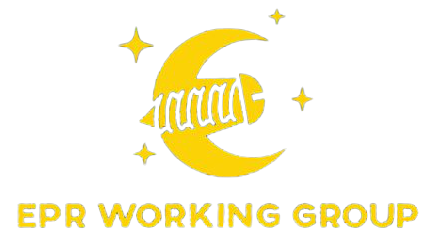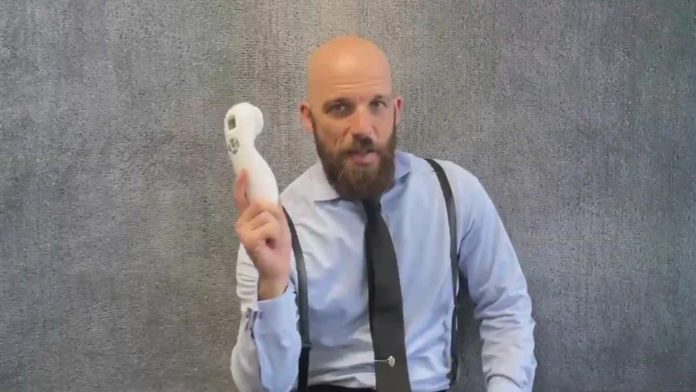Low-intensity laser light or non-ionizing radiation is used in laser therapy, also known as low-level laser therapy (LLLT), as a medical treatment to stimulate cellular function. This non-invasive technique uses the special qualities of laser light to lessen pain and accelerate recovery. Focused light that is usually in the red or near-infrared range enters the skin, interacts with cells, and causes a range of biological reactions.
Laser therapy is renowned for its accuracy; it can target particular locations with little to no effect on other tissues. It is used in many different medical specialties, such as pain treatment, orthopedics, and dermatology. To know more about laser treatment click here. The therapy is prized for its capacity to quicken tissue healing, lessen inflammation, and ease ailments including persistent pain, wounds, and skin diseases. Laser therapy is developing as technology does, providing a versatile and promising approach to improving health outcomes.
Advantages Does Laser Therapy Have Over Other Types of Treatment
This newsletter delves into the specific attributes that set laser remedies other than other therapeutic modalities, dropping light on their efficacy, protection, and diverse programs.
Precision and Centered Remedy
One of the key advantages of laser therapy lies in its capability to deliver particular and centered remedies. In contrast to traditional treatments that may affect surrounding wholesome tissues, lasers may be precisely focused in the supposed vicinity. This precision minimizes collateral harm, making laser remedy particularly fantastic in surgical processes and healing interventions where accuracy is paramount.
Non-Invasive Nature
Laser therapy is regularly non-invasive, which means it does not require incisions or the use of surgical gadgets. This function reduces the chance of infections, quickens healing times, and minimizes the overall pressure on the patient’s body. As a result, people present process laser remedies experience less ache and soreness compared to invasive methods, making it a favored desire for numerous clinical conditions.
Versatility throughout Medical Specialties
The flexibility of laser remedy is a testament to its big adoption throughout various medical specialties. From dermatology and ophthalmology to dentistry and orthopedics, lasers discover packages in a mess of fields. In dermatology, lasers are employed for pores and skin resurfacing and hair elimination, even as in ophthalmology, they play an important position in approaches like LASIK.
This flexibility makes laser therapy a treasured device for healthcare professionals seeking powerful and green answers throughout exceptional domains.
Reduced Facet Effects
In comparison to certain pharmaceutical interventions, laser remedy often boasts fewer facet results. Traditional medications could have systemic outcomes on the frame, main to undesirable reactions and complications. Laser therapy, alternatively, permits localized remedy, lowering the threat of unfavorable results on other organs or structures. This aspect contributes to the overall safety profile of laser remedy, making it a positive choice for patients with sensitivities to medications or those searching for minimally invasive remedies.
Increased Recovery and Tissue Regeneration
Laser remedy has confirmed the capability to stimulate mobile interest and sell extended recovery. The photons emitted by way of lasers penetrate tissues and stimulate mitochondria, enhancing mobile strength manufacturing. This, in turn, ends in accelerated circulation, decreased inflammation, and stepped-forward tissue restoration. Therefore, laser remedy is frequently utilized in wound healing, musculoskeletal injuries, and situations wherein tissue regeneration is paramount.
Ache Control
Persistent pain is a pervasive trouble that affects millions of people globally. Laser therapy has emerged as a promising modality for ache control, imparting a non-pharmacological alternative to standard pain relief strategies. By way of modulating pain alerts, decreasing inflammation, and promoting tissue restoration, lasers provide effective relief for situations together with arthritis, neuropathy, and musculoskeletal pain.
Minimal Pain and Quicker Recovery
Laser therapy patients frequently feel very little pain both during and after the treatment. Many laser treatments are non-invasive, so there is no need for anesthesia, which lowers the risks and shortens the recovery period. Faster recovery and more patient satisfaction are benefits of using lasers, whether for therapeutic or surgical purposes because they can produce results with less physical harm.
Conclusion
With several benefits over conventional types of therapy, laser therapy stands out as a revolutionary technique. Across many medical specialties, its accuracy, non-invasiveness, adaptability, and low side effects make it a highly sought-after technique. Lasers have paved the way for more effective, efficient, and patient-friendly medical procedures, from accelerating recovery to treating chronic pain and providing cosmetic options.










